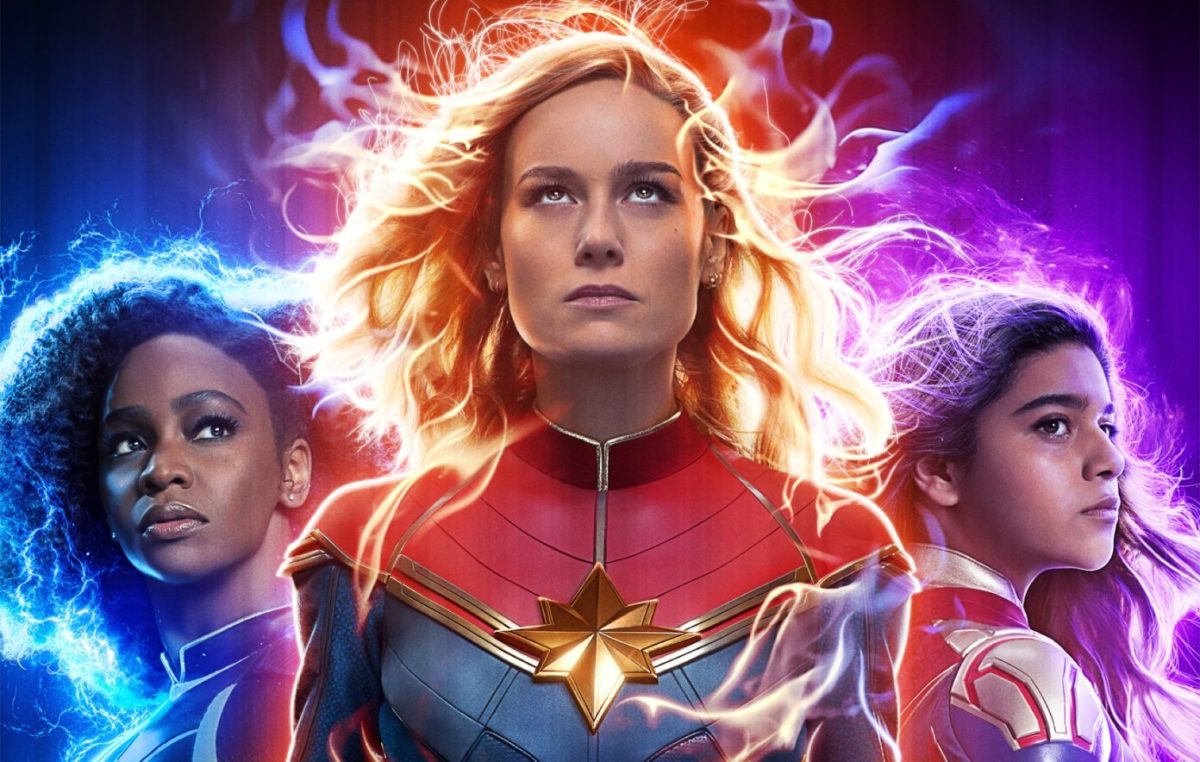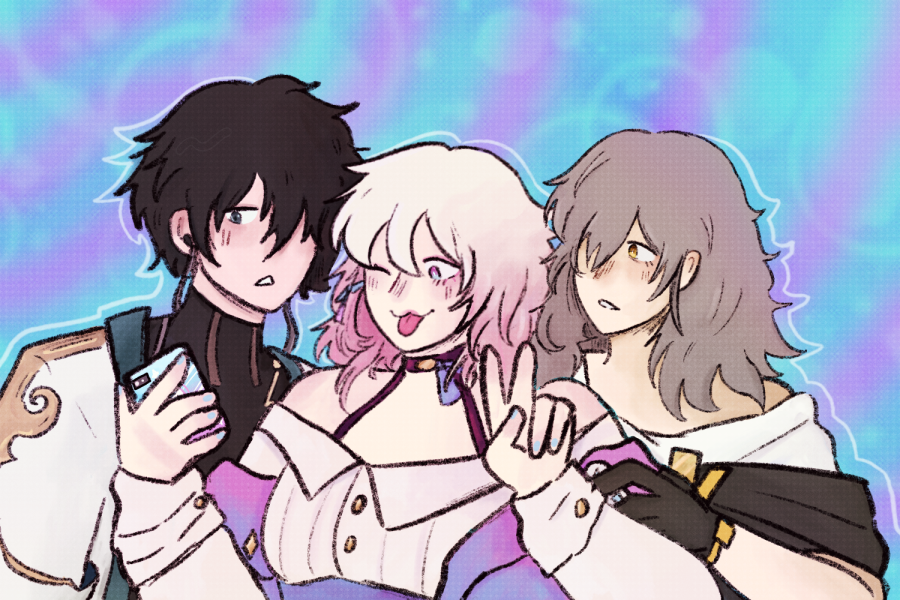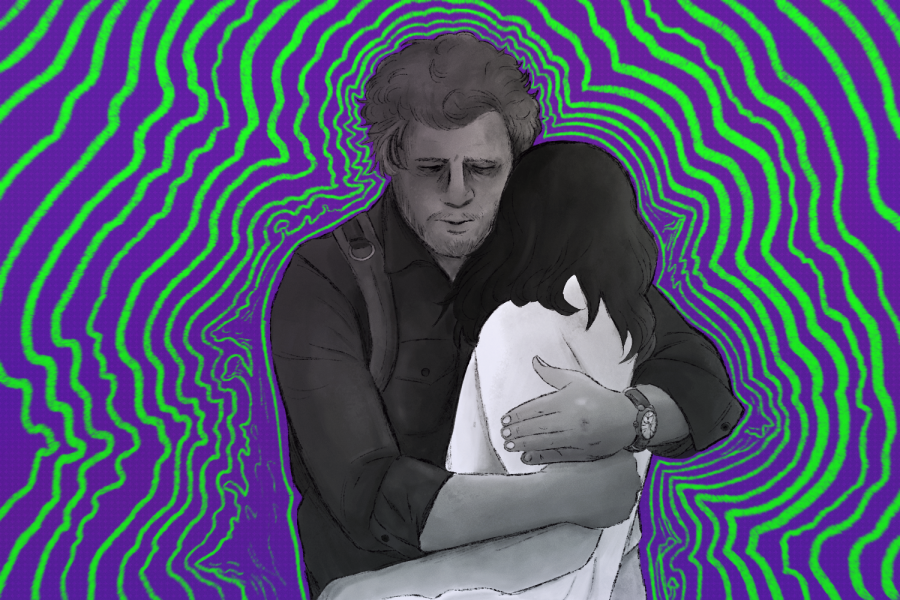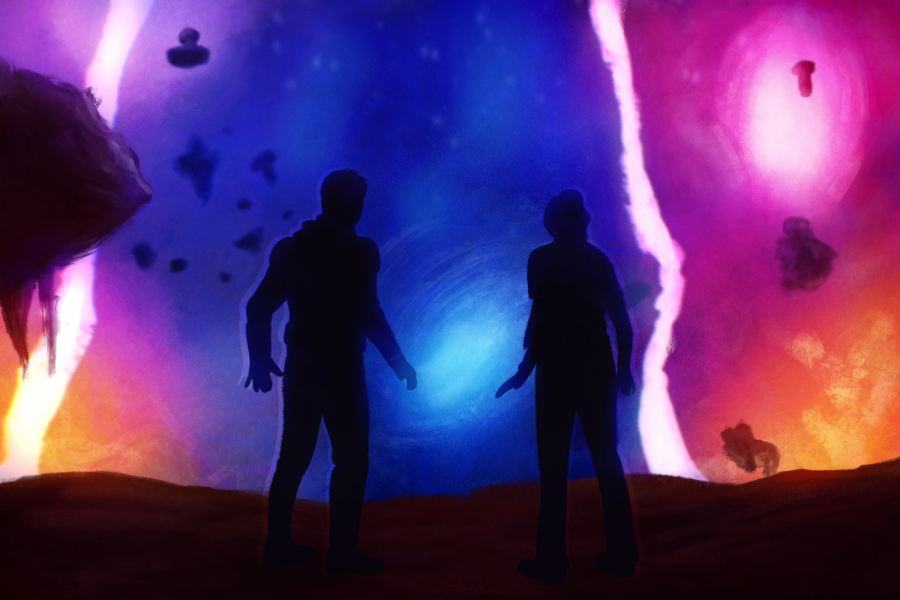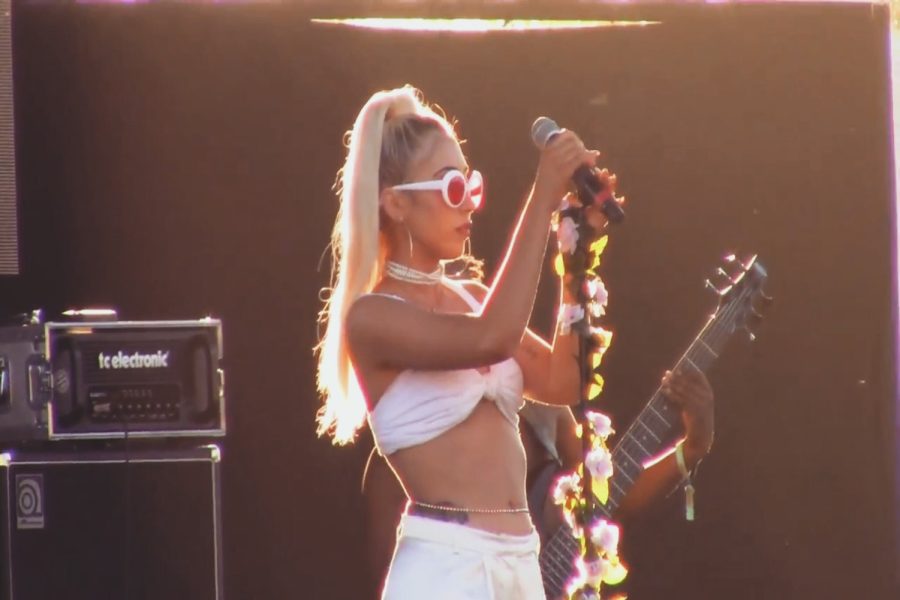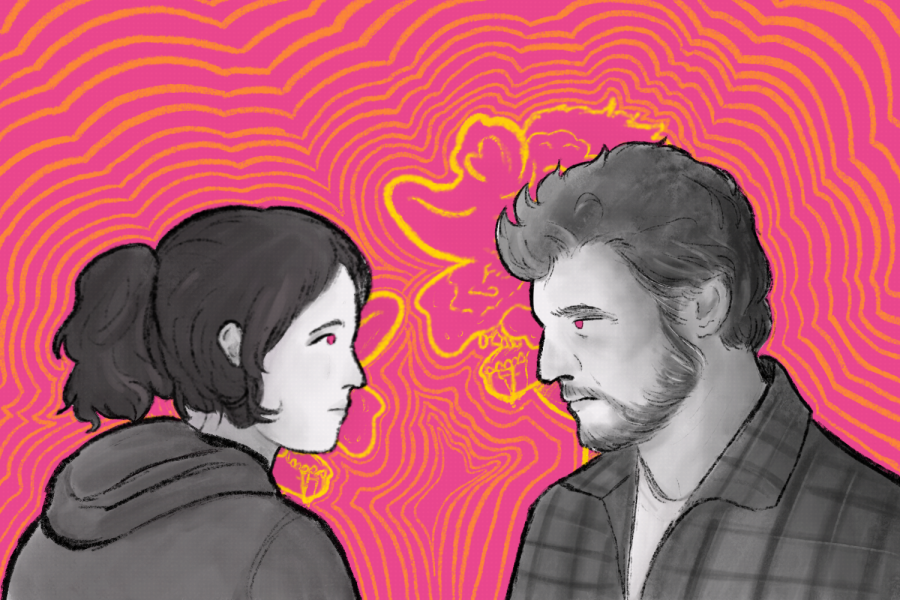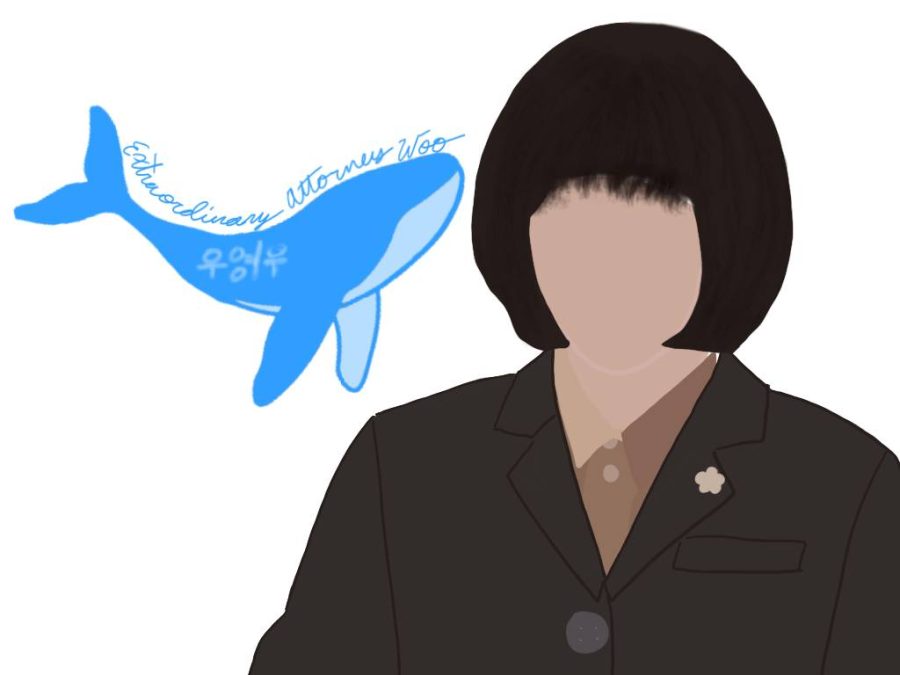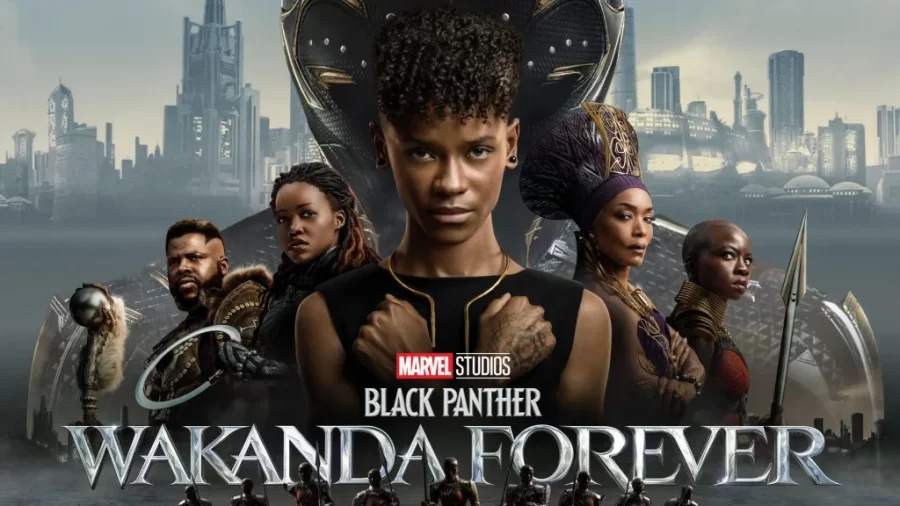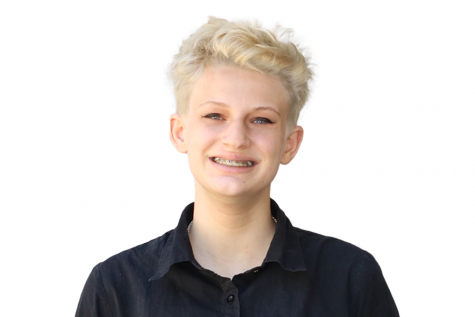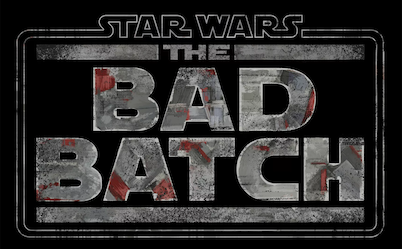
As the much-awaited sequel to “The Clone Wars” animated TV series, “The Bad Batch” carried many a “Star Wars” fan’s high hopes, as the show is written and directed by many of the same people who wrote some of the most beloved shows in the “Star Wars” franchise.
Unfortunately for those fans, “The Bad Batch” violently murders their hopes like the clone troopers did the Jedi during Order 66. While it has a few decent points that prevent it from being genuinely atrocious, most of it is extremely disappointing.
The Good
Some highlights of “The Bad Batch” make it just entertaining enough to keep you from flipping to a different program. The animation is quite cinematic and overall impressive. The waterfall scene during Order 66 is an excellent example of this. The score is also quite pleasant and fitting, as expected of any “Star Wars” installment.
The episode opens with a summary narration reminiscent of “The Clone Wars,” which is a lovely throwback, in addition to the way the red Clone Wars logo, as it appears in the final arc of season seven, burns away to reveal a metallic Bad Batch logo. Depa Billaba’s voice actor, Archie Panjabi, is incredibly impressive, and her performance, while brief, is some of the most emotive in the entire episode. The show portrays Echo decently well, too.
The snappy dialogue, which masquerades as the actual plot, is executed relatively well. If only it weren’t trying to compensate for the complete lack of substance in the show. The only plausible plot thread that is potentially interesting is the conflict between the Kaminoans and the Imperial officers.
The Bad
Caleb Dume’s voice actor, Freddie Prinze Jr., is too old for padawan Caleb. It sounds awkward and jarring. The only thing preventing this from being in the worst category is that his performance otherwise is quite good, and I could understand Disney wanting to solidify Caleb’s character.
The scene where Crosshair gets his inhibitor chip enhanced looks silly. Brain surgery would make more sense. To be fair, it’s a minor detail and more of a decision that just personally rubs me the wrong way, so it doesn’t get placed in the egregious category.
Omega is annoying at best. If she is a clone of Jango Fett (unlikely but technically not impossible), I will be storming Disney headquarters due to the sheer buffoonery of the idea. The only reason she’s not in the lowest category possible is that I think she has the potential to be taken in a better direction: as a spy for the Kaminoans. It looks as though, at the very end of the climax of the episode, Nala Se, Omega’s superior, prevented Crosshair from sealing the hangar bay doors on the Havoc Marauder, allowing the Bad Batch to escape. Should this be a correct interpretation, it seems as though the Kaminoans might be working against the Empire. This could easily pull from Legends content about the clone rebellion on Kamino and pit Omega as a mole within the Bad Batch, not a genuine friend. Executed well, this would set up interesting lore for the post-Disney-acquisition canon and intriguing plot points and character dynamics between her and the rest of Clone Force 99. I don’t have high expectations, though, and thus Omega remains solidly in the “needs improvement” category.
The Ugly
The characters are laughable at best; their character models have more depth than they do: Tech is smart, Wrecker is dumb and strong, Crosshair is mean, and Hunter is the leader. None of them get traits beyond these and a couple of lone actions so clearly shoved in for plot convenience. Echo doesn’t get as much development, but at least his character traits from “The Clone Wars” aren’t undone, and the scene where he panics after waking up in a med bay is genuinely well-portrayed. Otherwise, their personalities directly tie to their abilities and roles with no depth or layering whatsoever.
Given the flatness of their characters, it follows that the conflict between them would similarly fall through, and indeed it does. Rather than having any genuine tension within the group, which would be enjoyable, Crosshair is portrayed as a complete jerk with absolutely no rationalization beyond “orders.”
Now, technically he’s mildly influenced by his inhibitor chip, but he’s previously shown as callous and cruel, and the show, unlike seasons six and seven of “The Clone Wars,” fails to show that he isn’t in control of his actions. There’s roughly a second of him holding his head, something other clones previously did while partially influenced by chips, but it’s unclear whether this is even intentional. His behavior is barely challenged as out of the ordinary; everyone simply accepts it as “Crosshair being Crosshair.”
This is, of course, not to say Crosshair can’t be a mean character. I just expect a lead character to have more of a personality than “contradicts another main character and is mean.” If either his actions were given some rationalization, the group was torn between his and Hunter’s sides in the argument, or even if a member of the squad acknowledged him to be “acting a little off,” it would be a massive improvement. Not giving his position any value through any of these three methods trivializes the primary conflict, which could be genuinely emotional, considering the five leads acknowledge each other as brothers.
Several other details also greatly take away from the impact the show could have had. First of all, Admiral Tarkin is far too important a villain to show this early on. While the ties he has to Echo from The Citadel arc of “The Clone Wars” are a fascinating new direction for exploration, given his high ranking, he should be much more of a behind-the-scenes villain until later in the season, or maybe not even in this season at all. The early familiarization ruins a lot of the tension and power a person of his rank should exercise.
Several scenes featured clones talking back to Omega, a member of the Kaminoan medical personnel. This makes no sense, as the Kaminoans (and apparently those they’ve inducted into their ranks) have insane amounts of power over the clones and are their superiors. It brings a logical disconnect into the show that disrupts the experience.
Other slights done to the “regs” (what the main characters call regular clones) by “The Bad Batch” include their reaction to Emperor Palpatine’s speech. While they would, of course, obey under the influence of the inhibitor chip, enthusiastic cheers make no sense and only serve to demonize them unfairly. It would make more sense to have them simply salute. This would still cement the idea that they’re acting fully compliant without thought, without insinuating they actively liked the Empire.
On top of the disastrous execution of tension, the Bad Batch itself is a mockery of the themes of “The Clone Wars.” The whole point of having clone-centric stories was that despite being literal genetic carbon copies of each other, each was genuinely a different person with unique traits, motivations, and aspirations despite their surface-level sameness. This propped up a nice layer of conflict about wanting to stand out in a system that treats you like a literal assembly-line weapon in a vast factory.
But Clone Force 99 spits on this theme in the face by giving them visible, genetic physical differences. Not tattoos or hair dye, mind you, or even increased muscle mass for a special ops trooper. No no. These clones are special. They’re quirky. Can’t you tell? They look different from the other ones! And they get made fun of because they’re better than those silly regular clones.
Sarcasm aside, this contradicts the core message of earlier clone wars content, in addition to just being a plain poor message to send to kids. The ability to exceed expectations is usually idolized in our society: those who “underperform” are subject to mockery and ostracization. But Disney seems to be incapable of either having genuinely insightful commentary or even thematic consistency within their work. Thus the Bad Batch are the way they are, with unique character models for different heights and face shapes.
Speaking of the character models, Disney continues its history of disgustingly racist habits in the show. The original actor who portrayed Jango Fett and the clones in Attack of the Clones and Revenge of the Sith is Temuera Morrison, who is Maori. However, “The Clone Wars” animation gave them facial structure inconsistent with Morrison’s and gave their faces eurocentric features. In tandem with the fact that several members of the Bad Batch have paler skin and hair than other clones, this leads to a recipe for some truly repulsive, needless whitewashing that should have no place in modern media.
This problem isn’t even limited to the clones: Saw Gerrera, who makes an appearance in “The Bad Batch,” is whitewashed as well. Saw was among the first Black main characters for a clone wars arc. Though this was an improvement for the diversity of prior arcs, he and his sister, Steela Gerrera (who does not appear in “The Bad Batch”), were given blue eyes for no apparent reason. People of color should be represented as they are, without the need for European features to be deserving of portrayal and screen time. The fact that Disney decided to continue this in “The Bad Batch” is just ridiculous. They even updated Saw’s character model to reflect his aging and changed his eye color to green. They’ve wasted time and effort to continue whitewashing him: why not simply change the color of his eyes to brown and be done with it? Disney is embarrassing itself.
In terms of the series’ direction, the Kaminoans seem to be gearing for potential conflict with the Empire. This will likely manifest as an overarching conflict that comes to the forefront near the climax of the season. As for where the Bad Batch is traveling next, Hunter references J-19 as their destination. Presumably, this refers to the galactic Sector J-19. One of the few major systems in this sector is Saleucami, where Cut Lawquane, a clone trooper who deserted during the Clone Wars, has a farm. This is a tie-in I’d genuinely like to see, and it hopefully will be treated better than the amalgamation of “shiny pennies” offered by episode one.
Overall, the release of “The Bad Batch” was about as disappointing as it can get. The only reason it’s not even more devastating is that, frankly, expectations are already rock bottom for Star Wars content under Disney, and deservedly so. It’s personally heartbreaking for the next era of “Star Wars” content to be starting on such a low note with all signs pointing toward a continuous flatline at best. “The Bad Batch” is a shaky one out of five stars, only reaching so high because it uses clone wars nostalgia as a crutch.
Rating: [star rating=”1″]
Most of the issues within the show stem from two previously mentioned problems: the lack of character (and by extension, thematic and plot) depth and having too much happen too quickly. The majority of references and tie-ins to other series present in the trailer got shoved into this first episode. The only notable characters borrowed from other series or movies from the trailer not appearing in this episode were Captain Rex and Fennec Shand. On top of the addition of Omega as a completely new character, Disney simply shoves too much into one episode for it to be meaningful whatsoever.
My hopes for this series were never exceptionally high, seeing how Disney completely dropped the ball with the sequel trilogy. Still, I had naively assumed there would be at least a couple of interesting, tense moments that would give the viewer a little food for thought. Unfortunately, Disney seems determined to prioritize funny one-liners over real content.
If you have an insatiable desire to torment yourself, you can watch the first episode of “The Bad Batch” on Disney+. Episodes air every Friday, so you can ruin your weekends before they start.


